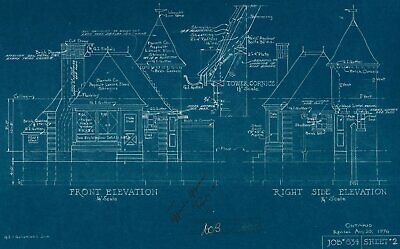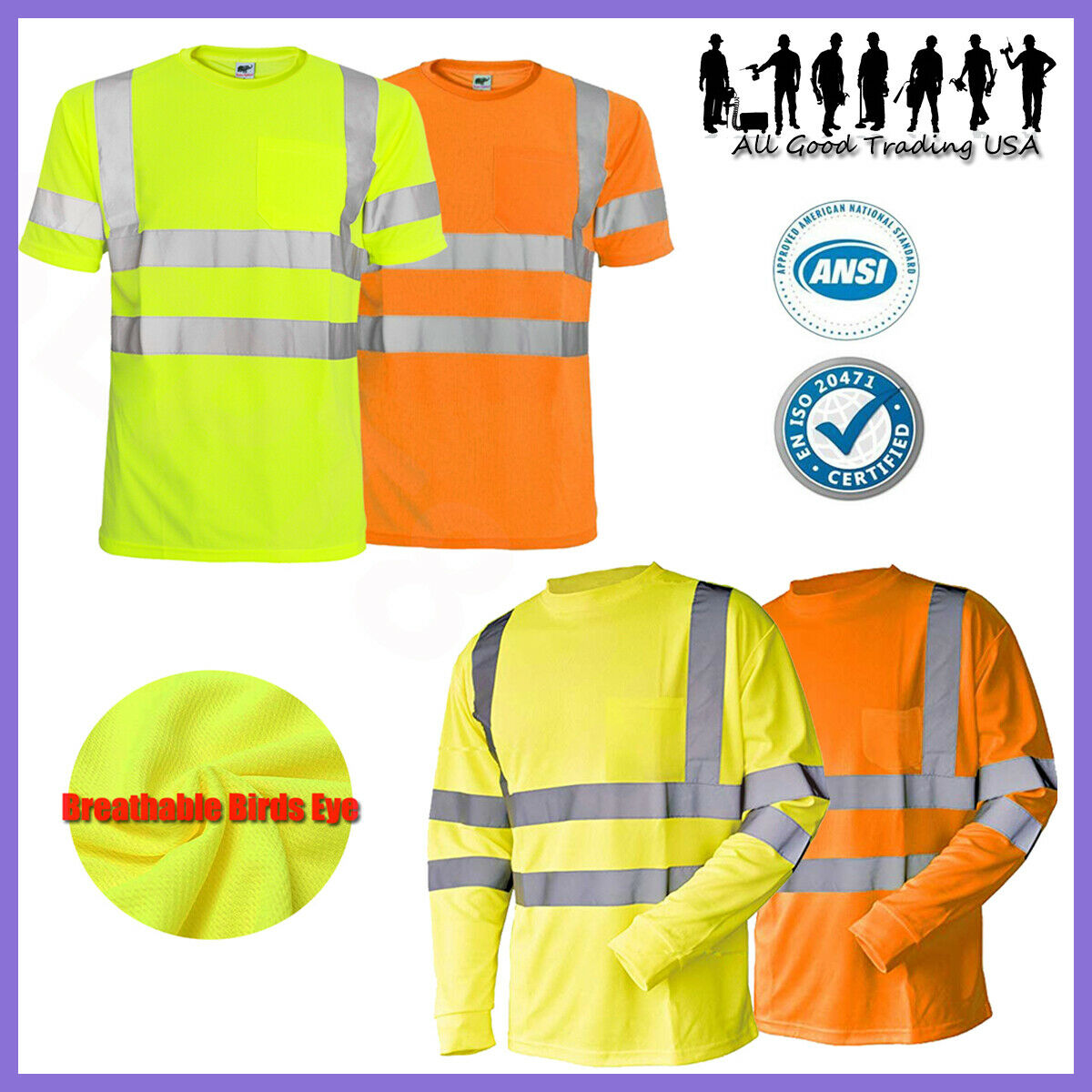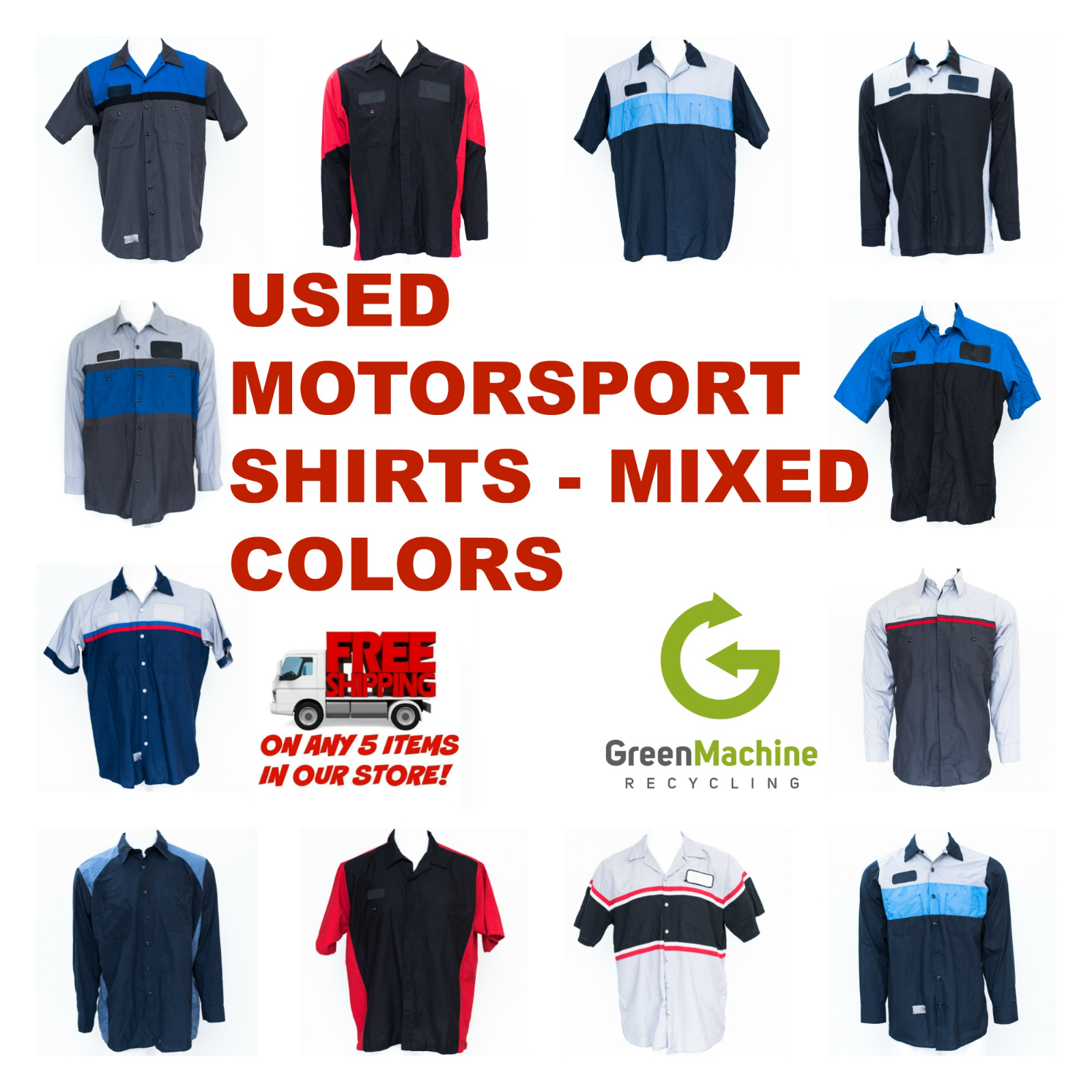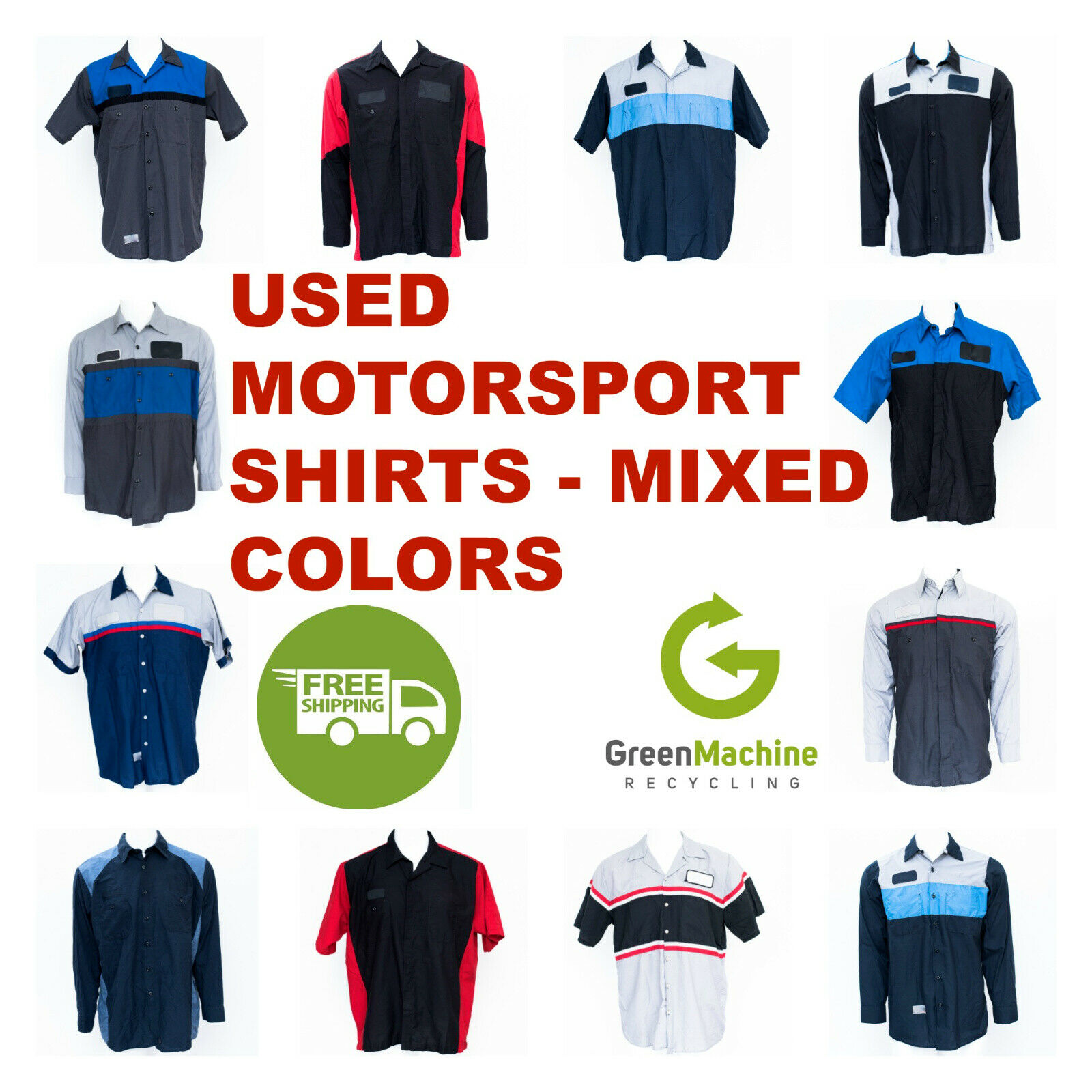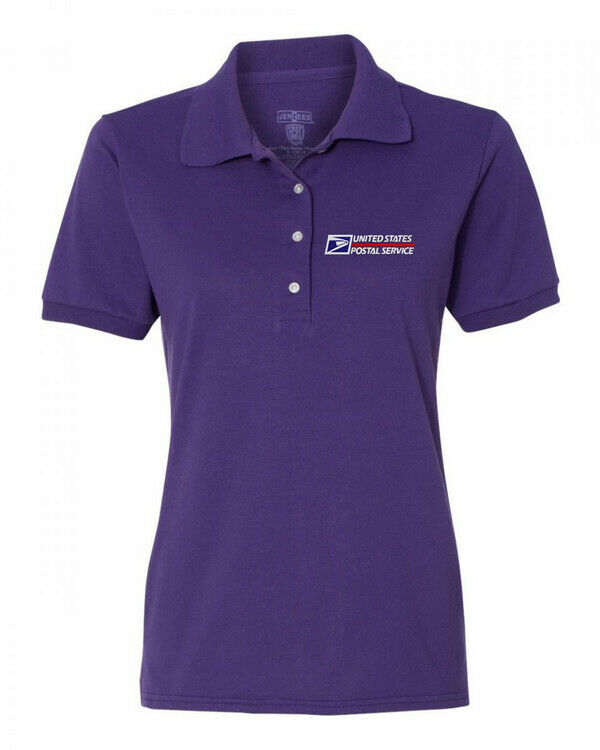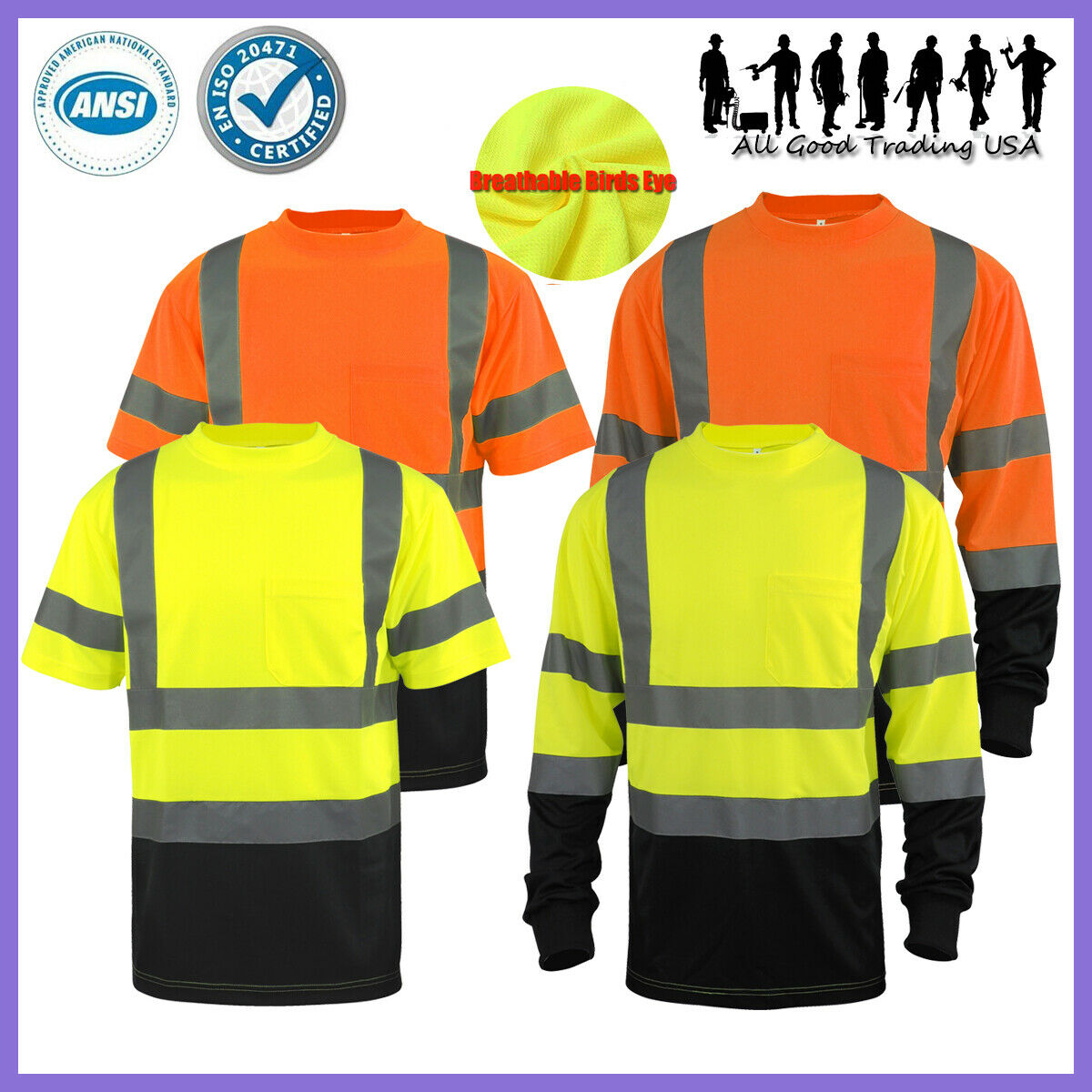-40%
Cyanotype Paper
$ 9.47
- Description
- Size Guide
Description
Cyanotype paper is commonly used to make "sun prints". This is a simple chemistry project suitable for all ages. A great way to spend a sunny day outdoors. Details about the procedure below.Product Details
:
Includes 10 sheets of 8" x 10" paper
100lb to withstand rinsing
Smooth surface for crisp images
Double sided = 2x exposures
100% natural and eco-friendly
Hydro-milled & archival quality
Procedure for use:
1. Choose a design: Objects that lay flat against the paper make the sharpest images. Leaves, paper cutouts, and transparencies are good examples. You can also cut the paper down to smaller sizes if you need it to fit a frame.
2. Expose your image: Place your object on the paper and lay it in the sun. Exposure time will vary depending on the amount of sunlight. Longer exposure time will make the paper darker blue. Generally about 10 minutes is adequate time on a bright, sunny day but you may want to run a test print if you aren't sure. Tip: Both sides of the paper can be exposed, but make sure you do both sides before rinsing the paper. After exposure, remove the paper from the light.
3. Rinse your image: Rinse your exposed cyanotype paper under water for a few minutes until the water runs clear. The paper is made to withstand rinsing. Your image should begin to appear immediately. The paper will be cyan blue and your design will be white. Once you have rinsed the paper, the image is chemically set. Let it dry and you've made a blueprint!
More info:
You've probably seen cyanotype prints in the form of traditional engineering blueprints. Cyanotype paper, named after its cyan-blue hue, is type of paper that has been coated with a photosensitive solution. It was developed by Sir John Herschel in 1842 and its primary use was reproducing diagrams in engineering and architecture blueprints until it and other chemical printing methods became obsolete when Xerox photocopying machines became widely available.
The surface of the paper is coated with a photosensitive solution composed of potassium ferricyanide and ferric ammonium citrate that allows an image to be chemically transferred to the paper. This is done by placing a photographic negative or object atop the paper and letting UV rays “print” the image onto the cyanotype paper.
The chemicals in the areas exposed to the light turn blue while the chemicals in unexposed areas wash away revealing the white paper beneath.
Anna Atkins used this paper for both biological imaging when she would place plant life onto this paper and used light to create its silhouette against the vivid blue. !






